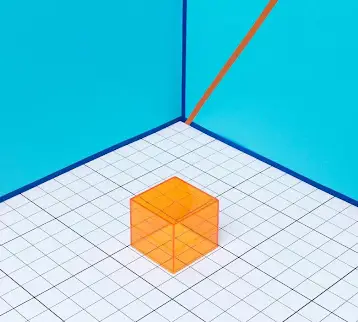|
|
The researchers conducted experiments using radio frequencies around 60 Gigahertz (GHz). These frequencies are currently unlicensed, and therefore free for anyone to use. “The goal here is to maximize data throughput to make possible a host of new wireless applications for home and office connectivity,” said Prof. Joy Laskar, GEDC Director and lead researcher on the project along with Stephane Pinel.
This technology has the potential to be applied to numerous devices: external hard drives, laptop computers, MP3 players, cell phones and many other gadgets that require data transfer. The users will be able to wirelessly connect any device that currently uses Firewire or a USB. “Our work represents a huge leap in available throughput,” Pinel said. “At 10 Gbps, you could download a DVD from a kiosk to your cell phone in five seconds, or you could quickly synchronize two laptops or two iPods.”
Another major application of this technology could be the wireless high-definition video. The system could wirelessly transmit data from a DVD player onto a screen 5 or 10 meters away. The designed system, expected to be available within 3 years, will be compatible with the WiFi standard, which is used in most wireless local area networks today.
As for the safety of such a system, Pinel says that there are no health concerns. The transmitted power is extremely low and 60 GHz frequencies cannot penetrate the human body, as they are stopped by human skin. Moreover, the signals are blocked by any wall, preventing interference with the neighbors’ wireless networks. “We are pursuing a combination of system design and circuit design, employing both analog and digital techniques,” Pinel said. “It’s definitely a very exciting mixed-signal problem that you have to solve.”
The scientists are currently focusing on their biggest challenge: to further increase data rates and decrease power-consumption. According to Pinel, their goal is to double current transmission rates by next year. The team uses advanced computer-aided design tools in order to achieve the desired improvements in speed and functionality.
|
Prof. Laskar believes that additional applications will emerge as multi-gigabit technology becomes available and standardized. “The promise of multi-gigabit wireless is tremendous,” he said. “The combination of short-range functionality and enormous bandwidth makes possible a whole range of consumer and business applications that promise great utility.”
In 2006, TFOT covered a different upcoming close range wireless technology from Nokia called Wibree. Unlike the new technology from the Georgia Tech, which is focused on high-speed data transfer, Nokia’s Wibree technology is all about cutting down power consumption.
More information about the Georgia Institute of Technology project can be found here.












